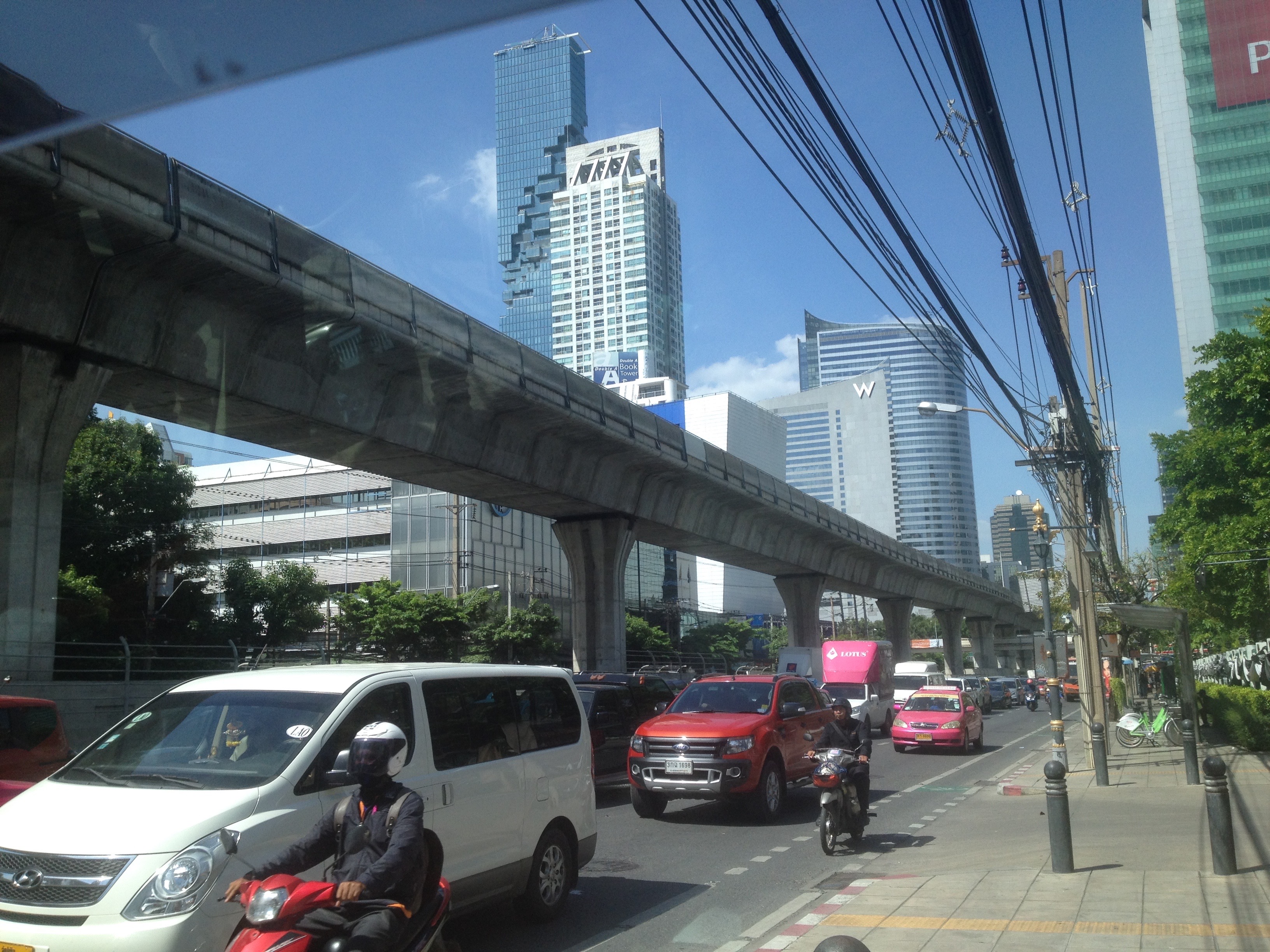
Uploaded on 2017-06-18 by monchai kijbamrung
1. Check the temperature differences in US cities (midwest) Milwaukee: up to 18.0 degrees F hotter in the city than in rural areas (midwest) Kansas City: up to 28.0 degrees F hotter in the city than in rural areas (west-mountain) Las Vegas: up to 24.0 degrees F hotter in the city than in rural areas (west coast) Seattle: up to 17.0 degrees F hotter in the city than in rural areas (west coast) LA: up to 27.0 degrees F hotter in the city than in rural areas (east coast) Boston: up to 15.0 degrees F hotter in the city than in rural areas (east coast) NYU: up to 20.0 degrees F hotter in the city than in rural areas (south east) Miami: up to 17.0 degrees F hotter in the city than in rural areas (south) Oklahoma City: up to 15.0 degrees F hotter in the city than in rural areas 2. Which are the main UHI effects that you can identify in your area? Bangkok is the capital city of Thailand and has always grown immensely by building skyscrapers with the enormous usage of air-conditioners, as well as roads with an increasing amount of cars, causing this central hub of industries, economy and commerce to acquire a maximum UHI temperature to reach as high as 7 degrees C during its dry season. However, because it is in the tropical region, during the raining season, the difference is not much. The reason that Bangkok grows without stopping is that the outlying cities in Thailand are not as quickly developing as the capital, thus drawing many labour and lower-middle class who seek careers and job opportunities not offered in the country sides. Moreover, there seems to be no definite city planning, which strictly regulates and controls the building in the city. Condominiums and mega-airconditioned shopping malls seem to draw large amounts of investment benefits from the metropolitan lifestyle of the citizens. Picture 1 (Sirirat Expressway) This picture shows the increasing amount of cars in the city. New roads are being built from the land, but not fast enough to prevent traffic, causing pollution and immense heat during the day. Picture 2 (Minburi outlying rural area) Outlying areas, such as these (near my house), still keep the old characteristics of Bangkok, “klongs,” which are water canals that run through Bangkok. However, klongs become more and more extinct as space is being annexed for roads. Here, the heat has more channels of escaping than being trapped in the city center. (Citation: The Characteristics of Urban Heat Island in Bangkok, Thailand by Sigit D. Arifwidodoa, Takahiro Tanaka, http://www.sciencedirect.com/science/article/pii/S1877042815039634) 3. Which are the measures you would propose? I would control more city planning and move all the major shopping malls to the outskirts like in the states and canada, not only to remove heat from air-conditioning, but traffic as well. moreover, city planning should clear some space for roads as to avoid traffic. However, the most suitable long term solution would be an investment in public transportation, such as subways and skytrains - expanding the distance of community transportation and eliminating not only buses (whose routes overlap each other and case traffic), but also offering cheaper transportation options. moreover, my city planing would emphasize the rule of energy conservation, such as buildings need to have facades that eliminate heat from the outside, instead of letting heat into the structure and using air conditioners to cool it - glass facades might be good for sunlight, but are not worth the immense usage of air-conditioning. more activities are to be promoted during the weekends, so that citizens spend more time outside the city, instead of going to only shopping malls and causing traffic - this is already being emphasized in hong kong. 4. Is UHI effect concerning policy making in your area? the only real solution that is being implemented right now and visible are few. the anticipated expansion of public transportation, skytrains and subways, is one of them. also, some parks are being built, but are not seen of much favor of, due to the fact that people do not go to the park during the day, because of the heat.